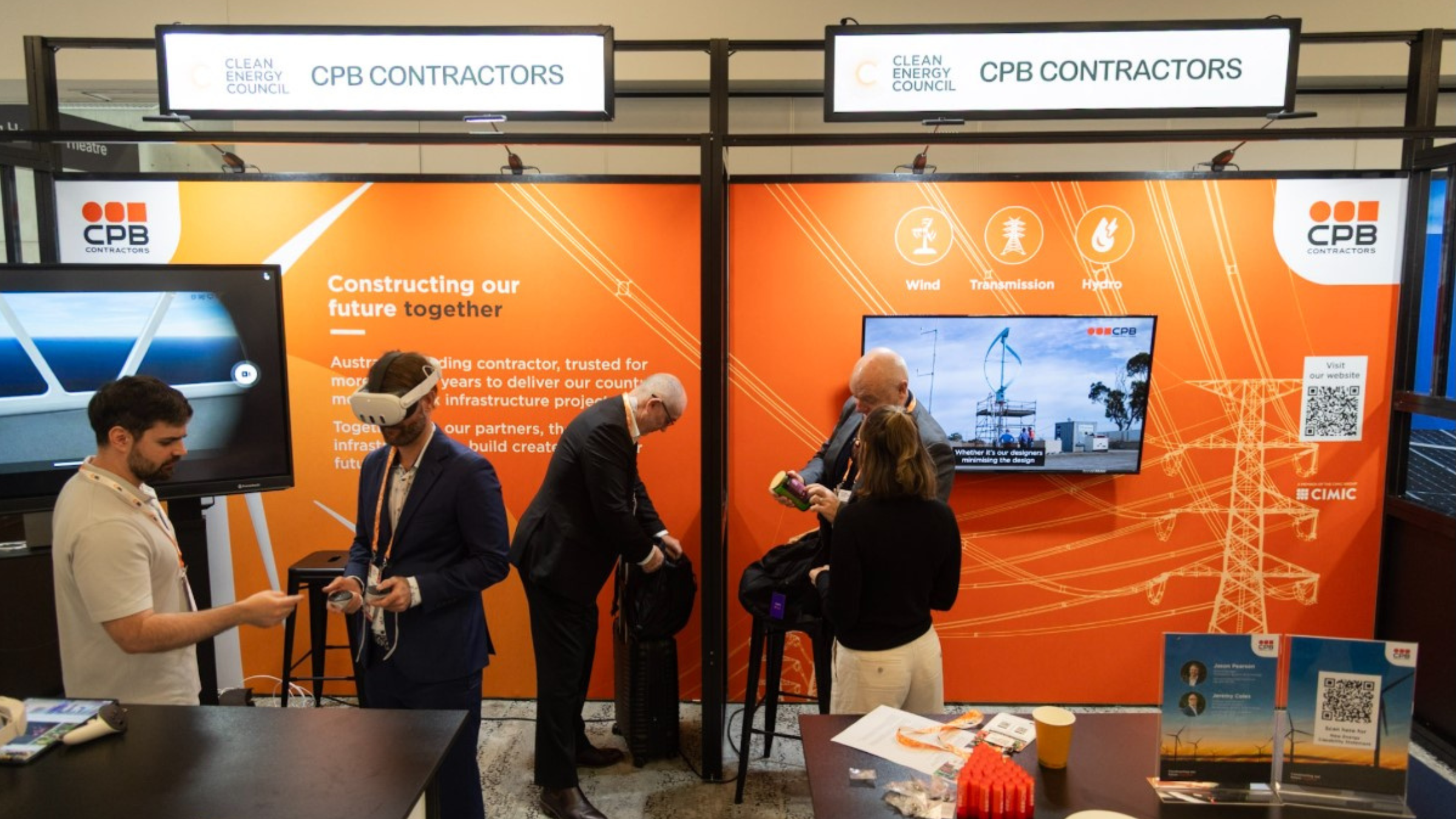Designed and developed in-house by CIMIC Group’s IDD Tech team of software developers, ToBe Builder is changing how CPB Contractors plans and delivers its infrastructure projects.
With the potential to be a game-changer for developers, investors and stakeholders in the energy sector ToBe Builder delivers an immersive 4D simulation of a proposed or planned project, enhancing CPB Contractors’ ability to communicate construction methodologies and processes in accordance with the proposed program. Users can visualise various aspects of a project in detail, such as interfacing works, spatial reservations, temporary works, planned resources, and site-specific conditions, providing them a clearer and deeper understanding of the tasks to be executed. Importantly, enabling stakeholders to preempt any challenges, risks and impacts related to a project, particularly concerning the location, environment and local communities.
CPB Contractors has partnered with IDD Tech to bring ToBe Builder to life at the Clean Energy Council’s annual Australian Clean Energy Summit (ACES) today, activating a virtual TobeXR experience for visitors to the CPB Contractors’ exhibition stand. Visitors interacted with a live 4D construction of a wind turbine, with the technology allowing them to inspect the Building Information Modelling (BIM) model and the opportunity to view and play with the 4D construction sequence in real time at 1:1 scale or on a table at 1:1000 scale.
Through the integration of ToBe Builder, CPB Contractors is enhancing communication and boosting efficiencies across projects in Australia and New Zealand by reducing risk and rework, streamlining decision making and minimising disruption impacts for local communities and stakeholders.
General Manager of Renewables, Systems and Technology, Jason Pearson said: “The use of ToBe Builder will be transformational in improving how we collaborate with developers, contractors and other key stakeholders, particularly in the early and feasibility stages of a project. By visually constructing potential projects early on in the digital space, we will be able to work together to identify, communicate and address common challenges, such as access roads, agricultural impacts and buffer zones, providing a clearer pathway to achieving project approvals and ultimately setting everyone up for a more successful and efficient construction program.”

